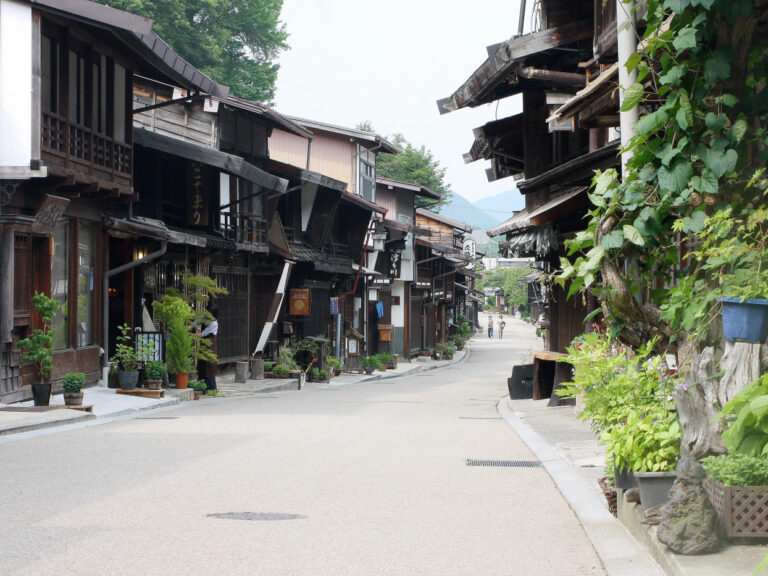
The post town of Kisoji, where travelers crossing the Torii Pass had their feet rested. It was called Narai Sento, and it was one of the most bustling places in Kisoji Juijuku. Although it was hit by repeated fires, many structures from the Edo period (after the Tenpo Year) remained, and the entire town line was selected as a national important traditional building group preservation district. The Nakamura residence, which once ran a lacquer-comb restaurant, was designated as a national important cultural property. From Narai Station to the south, the town line of Senbon Lattice continues for about 1km. There are also water fields where travelers have their throats hydrated.
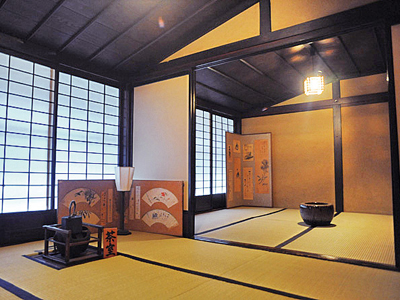
Narai's representative private house is characterized by a narrow and deep frontage. It was built shortly after the Great Fire of Tenpo 8 (1837) as the residence of Toshibei Nakamura, who served as a comb-shop. The unique structures remain intact, such as the shitomido (Shitomido), which serves as a rain door, the sleeve wall provided as a fire wall, the armor eaves with a monkey head, and the emotional thousand lattice and the kugu door. Indoors, the streets continue to the back, and see misenoma, stairwell kate, Nakanoma, Zashiki, box stairs, etc.
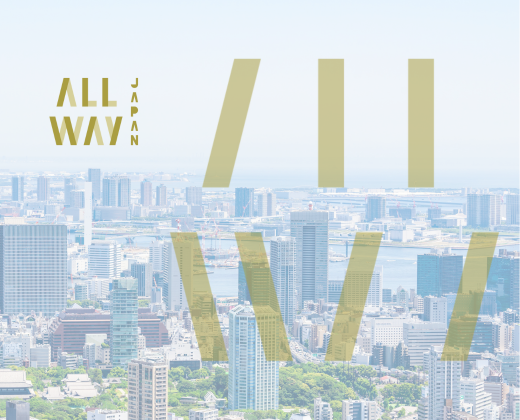
The ancient temple that is transmitted with the founding of Tenpo 10 (1582). On the precincts is Maria Jizoson, which is believed to be closely related to hidden Christians. The Tokuchi circle behind the main hall is a garden that is said to be a famous garden of the Enshu style, and speaks of the depth of the history and culture carved in this area.
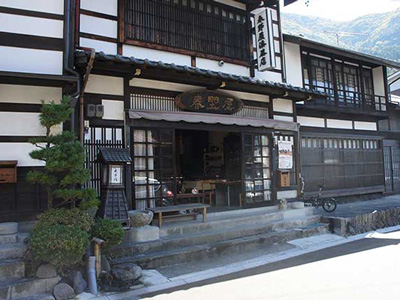
The shops are lined up with works painted by shopkeepers, who are qualified as traditional craftsmen, in the back of the house. The recommendation is to mix several types of soil and lacquer to increase the strength of the vessel and create a unique texture. Bowl 5000 yen ~, needle paulownia pot 9000 yen ~, lunch box 8000 yen ~, sake ware 5000 yen ~ etc. Motivational, such as making or repairing lacquerware and lacquered furniture, making paint lids such as water fingers, lacquering on building materials such as flooring, and making lacquered bathtubs (bathtubs). I also work on lacquered to the building site, and they respond to various consultations.
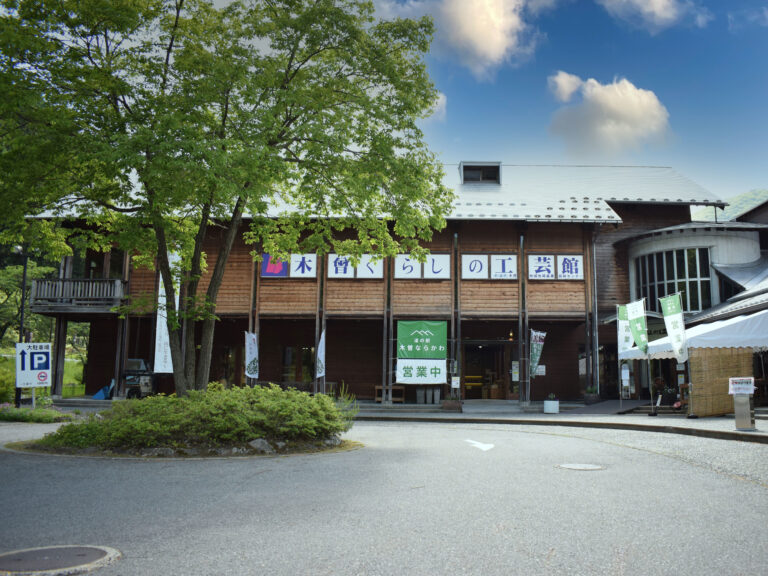
There are many local products from the Shiojiri-Kiso area, from crafts such as traditional craft "Kiso lacquerware" and Hinoki woodworking products, to food specialties such as Shiojiri wine, Kiso local sake, pickles, and soba noodles. The "Nagano Olympic Prize Medal" made in a workshop inside the museum is a must-see. It takes 30 minutes. You can experience the production of Kiso lacquerware, such as "Kiso Zhengzhu sharpening", by the reservation system. Book up to two weeks in advance. There is also a restaurant and a coffee shop.
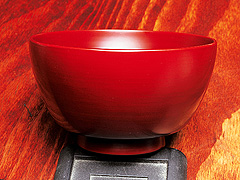
趣のある土蔵の作業場でオリジナル商品を製作している工房。使い続けることで明るい朱色になる「古代あかね塗」はこの店のオリジナル商品。
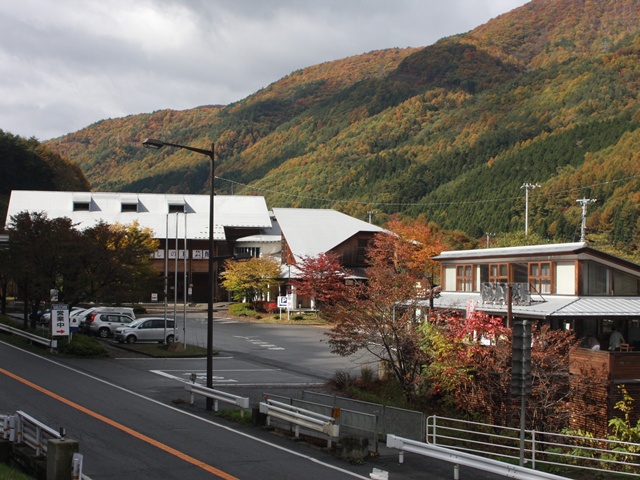
木曽漆器や木製品などの工芸品や、塩尻産ワイン・地酒・そば・漬物などの食の特産品まで、塩尻・木曽地域の特産品が数多く揃う「木曽くらしの工芸館」と、地元・近隣の農産物や加工品が並ぶ「ならかわ市場」がある。食事処とカフェも併設。工芸館では予約制で木曽漆器づくりも体験できる。
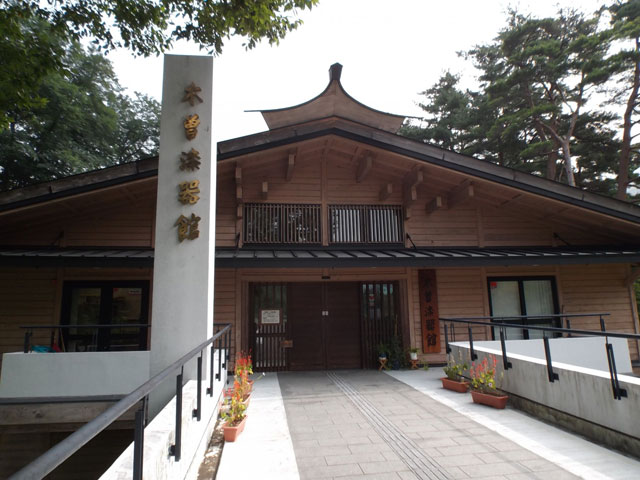
漆器の制作工程や道具の変遷、人間国宝の作品などを展示・紹介。3700点余の漆制作の諸道具は、国指定重要有形民俗文化財。所要30分。
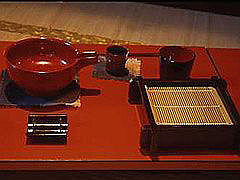
奈良井宿の北に位置する集落で、輪島や会津若松と並ぶ日本有数の漆器産地。街道に沿って木曽漆器を展示・販売する施設が点在する。近世以来の伝統的な町家や塗蔵などが一体となり、漆器生産の町として特色ある町並景観を表していることから、国の重要伝統的建造物群保存地区(漆工町)に選定されている。
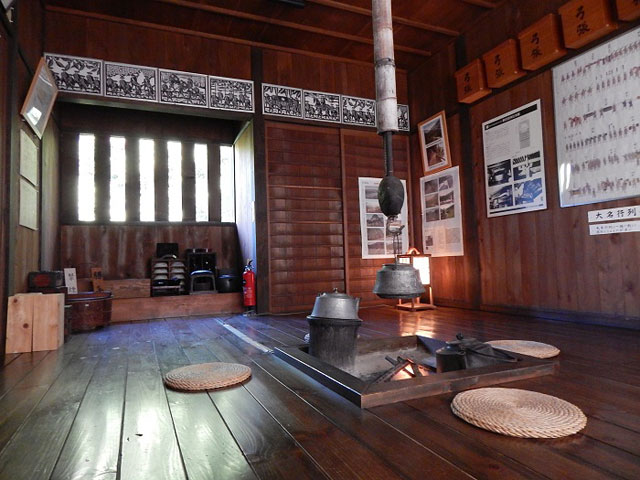
贄川関所は木曽路の守備の拠点として、女改めのほか、尾張領である木曽谷の統制物資、特に木材の密移出の取締りといった役割を担ってきた。建物は明治2年(1869)に取り壊されたが、当時の配置図や史料をもとに、敷地面積や間取りもそのままの姿で現在の場所に復元された。内部では関所や街道の交通についての資料を展示している。











